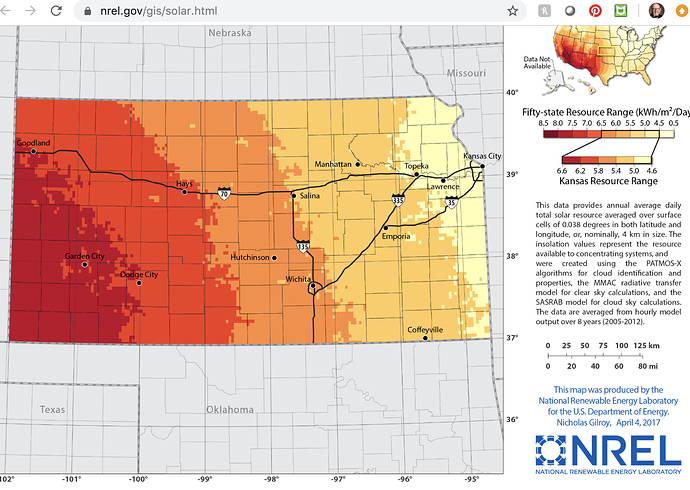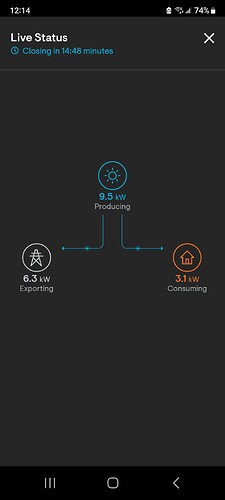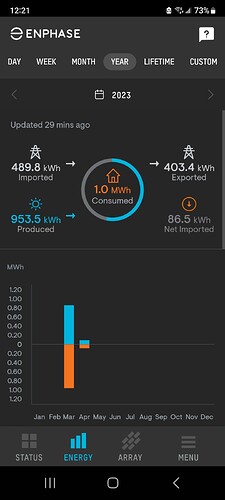So has anyone else gone solar or considered it?
Encor approached me about installing a solar power system on my house this weekend, it was interesting, but I’m curious if anyone has tried to install their own system.
To have Encor install a system on my house would have been about $28,500 after pulling permits, doing an energy audit, installing some insulating panels in my attic, replacing all my light bulbs with LEDs, and installing a NEST thermostat (they kept pushing the LEDs and NEST with the line 'It’d just increase your 15yr loan by $1 a month), as well as the meat of the system: 21x 300w panels @ 60v each covered by a 25yr warranty. This price did not include a battery storage system but did include an inverter and phaser for putting power back on the grid.
They tried to sell the system as a ‘net 0’ setup - instead of paying for electricity each month, I would be paying on a loan for a system each month. Which, after a 30% tax rebate if installed this year, would put the loan at cheaper than what my current electric bill is… but that is on the case that the system puts out enough energy during the ‘peak operating hours of 2-7pm’ to offset the normal costs of the electric bill as well as the $14.50/month Evergy has for a service charge.
At peak use, my house burns through 1100kwh/month in the summer, which would mean I’m burning on average, 37kWh a day. Knowing this, we know it would take 2 panels to get 300w at 120v. So at full sunlight (2pm to 7pm, matches peak usage huh) that means that pair of panels is providing 1.5kWh (which would be 300w5hrs), and the whole array would provide 15.75kwh of power. So let’s say the panels take in 75% of that power from from 10am to 2pm and 7pm to 8pm, that would put out another 11.25kWh of power (5hrs300w*.75). If the solar panels are able to stay that efficient thru the day, it would be possible to have the system put out 27 kWh on a good, sun shiney day, still leaving me to cover 10kWh on that day, or 300kWh for the month if there aren’t cloudy or stormy days involved. So if we ignored the shorter/darker days of winter months, and live in an idealized world, at peak, the system would provide 820kWh of power a month… meanwhile, my average usage each month is 1000kWh… so I would still be paying for 180kWh of usage in an average month…
Evergy charges $.021/kWh, so I would still be paying $3.78 for fuel used on an average month… then there would still be the $14.50 for the service fee, $1.40 property tax surchage, $17 transmission fee… okay… this is where the reality check really is…
All that math is a nice exercise, but the bottom line is for a bill against 1100kWh, only $23.10 is really from the power consumed… the other $100+ is in fees you’d still have if you consume a single Watt of power from Evergy. IF I put a solar grid on my house, I would then be paying monthly for a loan on top of a $100+ electric bill.
So in the end, you would have to go completely off grid to really make going solar worth it.
Does that math seem to jive, or what experiences have other people had with a system powerfull enough to take you off grid?


